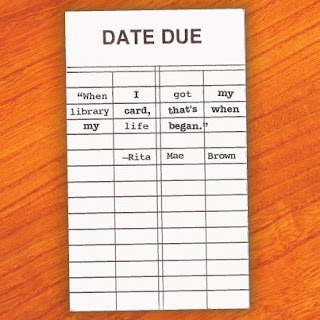
Teach Novels?
This debate has been a BIG part of the debate in our Cape schools - what do you think?
What Do We Do About the Whole-Class Novel?
By Ariel Sacks on March 15, 2017 5:00 PM
Screen Shot 2017-03-15 at 5.11.00 PM.pngThe debate around the use of novels in English classes of all age groups is at least 20 years old, but it remains unresolved, continually bubbling up in blog posts and conversations among a wide range of concerned educators: What do we do about the whole-class novel?
On the one hand, cutting edge literacy instruction has, for decades, revolved around a reading workshop model in which students choose the books they read. Generally, in this model, students can also form groups from time to time and select a novel to read together. Many of the most influential proponents of reading workshop do not teach whole-class novels ever and argue adamantly against doing so. This recent post from school librarian Leigh Collazo, No More Powder Doughnuts: Why Secondary Teachers Should Stop Teaching Whole Class Novels typifies the kind of passionate argument against whole-class novel studies.
Other teachers I know who favor the workshop model may use one whole-class novel for the purposes of building community among students, but they do not see it as a viable medium for other aspects of literature study. Instead, they use short stories, poems, and articles for whole class study.
Perhaps one of the reasons the arguments from advocates of reading workshop tend to be so ardent is that, though choice reading has gained a lot of traction around the world, if you walk into a secondary ELA classroom, you are still probably most likely to find teachers leading whole-class novel studies. What's more is that the method is often the traditional, teacher-directed one, with all of the weaknesses that have been so well documented by the literacy field.
There are variations, but the general traditional process (the one I received in middle and high school—passive voice intentional here) goes something like this:
Students are assigned to read a chapter.
The reading is usually assigned as homework, and students may often substitute actual reading of the book for a quick chapter summary available on the Internet.
As part of the homework, students answer teacher-created questions.
In class the next day, the teacher leads discussion or other activity on the chapter.
This continues until the class completes the book, at which point an exam and/or final essay question is assigned.
The problems with this tradition abound. One novel takes an entire marking period. It does not, for majority of students, create engaged, lifelong readers. For students who struggle with reading, it doesn't help them be more confident. For those that do not struggle, it limits their reading experience in school. Many students don't actually read assigned books in this model. Some students do read, but what they learn from it is the teacher's interpretation of the book, rather than to analyze books independently, which they need to be able to do in college.
Some teachers avoid aspects of the above scenario by reading entire novels aloud to their classes, even in high school. While I'm a huge fan of reading aloud to students of all ages, there are obvious drawbacks to this, most notably the amount of class time it takes to read an entire novel, and the lack of independence students develop.
There is also a rising trend of teachers leaving cumbersome novels behind altogether, in favor of using excerpts from classic novels and involving students in "close reading" activities of these excerpts. I understand that this seems more practical and can be useful in order for a teacher to make a quick point from time to time, but as a general practice, I have many concerns with this. I will save those for a separate post, but for now just say that I can't imagine reading excerpts of classic novels would develop students' love of reading.
Despite the problematic nature of prevailing methods for whole-class novel study in secondary schools, I think they are here to stay. I don't think that in 50 years we will laugh and say, remember when we used to all read the same book in class? I think the practice persists for several reasons. As critics point out, many teachers don't know another way; also some teachers or schools are uncomfortable with change and/or less teacher-directed models. But also, there is powerful learning—academic, social, and personal—that can happen when a community of students experiences the world of a novel together and studies it.
What I really want to say is that there is a way (probably more than one way) to develop and support independent readers who choose books to read for themselves, and also read and discuss novels as a class. There is great value in doing both, and we need to start talking a lot more about how that looks.
I'll end this post by offering two propositions for moving the debate forward:
Every English Language Arts classroom should take on as part of its charge, helping students develop independent reading lives--in which they are supported in selecting books they want to read, reading and responding to those books, reflecting on their reading, and sharing with their classroom community. Some, or a lot, of class time at every grade level must be devoted to creating a culture and practice of choice reading.
We should not do away with the whole class novel as a medium for literature study, but we must leave behind the traditional chapter by chapter method that takes too long, relies on teacher questioning, and allows for a great deal of non-reading. There is a better way.
In my next post, I will offer specifics for #2.
Also, feel free to check out my book on the topic, Whole Novels For the Whole Class: A Student Centered Approach.










